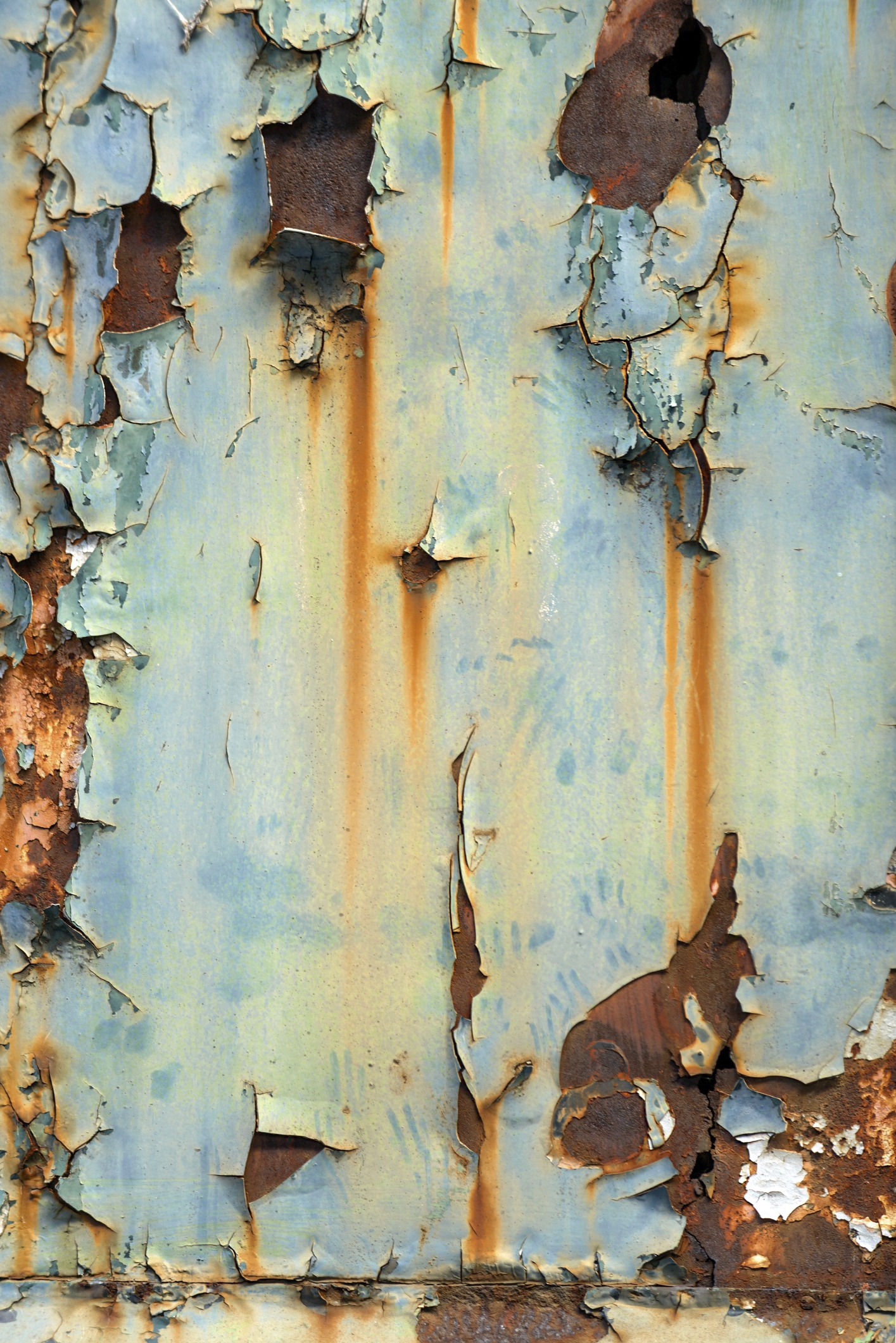General, or uniform, corrosion is usually the least threatening type of attack because associated metal loss is distributed over a wide surface area. This allows predicting the probable life of equipment with some degree of accuracy. Unfortunately, most corrosion encountered in engineering practice is of a more localized type.
Localized corrosion can be defined as selective attack at limited special areas or zones on a metal surface in contact with an environment. It usually occurs under conditions where the majority of the original surface is either not attacked or is attacked to a much smaller degree than at the local sites.
The most common type of localized corrosion is pitting, in which small volumes of metal are removed by corrosion from concentrated areas on the surface to produce craters or pits. Penetration rates from pitting may exceed 10 times the rates associated with uniform corrosion. Pitting corrosion may occur on a metal surface in a stagnant or slow-moving liquid. Pitting also may result from crevice corrosion, poultice corrosion, deposition corrosion, cavitation, impingement, and fretting corrosion. Each of these corrosion mechanisms could be (and probably will be) a Corrosion Basics topic by itself, but they all involve localized anodic zones that result from structure configuration, surface conditions, or mechanical action.
Another common type of corrosion attack is intergranular or intercrystalline corrosion, during which a small volume of metal is preferentially removed from paths that follow the structural dissimilarities along grain boundaries to produce fissures or cracks. The same kind of subsurface fissures can be produced by transgranular or transcrystalline corrosion. In this, a small volume of metal is removed in preferential paths that proceed across or through the grains. Intergranular and transgranular corrosion sometimes are accelerated by tensile stress. In extreme cases, the cracks proceed entirely through the metal, causing rupture or perforation. This condition is known as stress corrosion cracking (SCC). Hydrogen-induced cracking (HIC) can also produce subsurface intergranular and transgranular cracks. Caustic embrittlement and corrosion fatigue are two other mechanisms of metal deterioration that form fissures at or beneath the surface.
 In a completely different type of corrosion that may become localized, one of the metals may be selectively leached from an alloy without producing visible pits or cracks and without changing the dimensions of the metal. To the naked eye, the metal may appear to be intact; however, under a microscope it can seem to be porous. The mechanical properties of the alloy are greatly impaired by this selective attack. The most common examples of selective dissolution are dezincification of brass and graphitic corrosion of cast iron. In these processes, zinc and iron, respectively, are leached away, leaving a porous and brittle matrix of copper or graphite with little resistance to fracture stresses.
In a completely different type of corrosion that may become localized, one of the metals may be selectively leached from an alloy without producing visible pits or cracks and without changing the dimensions of the metal. To the naked eye, the metal may appear to be intact; however, under a microscope it can seem to be porous. The mechanical properties of the alloy are greatly impaired by this selective attack. The most common examples of selective dissolution are dezincification of brass and graphitic corrosion of cast iron. In these processes, zinc and iron, respectively, are leached away, leaving a porous and brittle matrix of copper or graphite with little resistance to fracture stresses.
The several forms of corrosion may be divided into three groups:
- Those recognizable with the unaided eye.
- Those that are more easily discerned with specific aids (e.g., dye penetrants, magnetic particles, or low-power microscopy).
- Those that can only be identified definitely by optical or electronic microscopy.
Much can be deduced from examination of materials that have failed in service. While a visual examination may provide strong indications of the corrosion mechanisms involved and the best solution, a more complete analysis of the failure mode, corrosion products, and operating conditions is often appropriate. An incomplete failure analysis may have costly results. While first impressions are valuable, less obvious explanations must also be considered. For example, even metallurgical examinations may require sophisticated tools to differentiate between a corrosion fatigue crack and a stress corrosion crack. The important point is to understand that a variety of corrosion mechanisms can be caused by different combinations of factors and corrective procedures are widely varied.
Reference
1 C.P. Dillon, Forms of Corrosion: Recognition and Prevention (Houston, TX: NACE, 1982).
This article is adapted by MP Technical Editor Norm Moriber from Corrosion Basics—An Introduction, Second Edition, Pierre R. Roberge, ed. (Houston, TX: NACE International, 2006), p. 353-355.